Advertisement
Non-Toxic House Plants
Advertisement
Bringing plants into your home doesn't just liven up your space; it also offers a host of health benefits. Studies have shown that house plants can boost your mood, increase productivity, and even reduce toxins in the air, making it less likely you'll catch a cold. However, if you have pets or kids running around, it's crucial to know which plants are safe to keep indoors. Let's dive into some non-toxic house plants that can add beauty to your home without posing a risk to your loved ones.
Add Some Color with a Christmas Cactus
If you're looking to brighten up your home, the Christmas cactus is a fantastic choice. This beautiful plant blooms during the spring and summer months, producing vibrant flowers that can liven up any room. The best part? It's incredibly easy to care for and propagate. Simply cut a Y-shaped segment from healthy foliage and plant it a quarter of its length deep into slightly sandy soil. Place it in a well-lit area, but keep it out of direct sunlight to prevent scorching.
Once your cutting starts to grow, you can transplant it into a new pot filled with a mix of compost, loam, and sand. The Christmas cactus thrives in temperatures between 60 and 70 degrees Fahrenheit and prefers moderate to high humidity levels. Make sure to water it thoroughly, but allow the soil to dry out slightly between waterings. With minimal effort, you'll have a stunning, non-toxic plant that even your curious pets can be around safely.
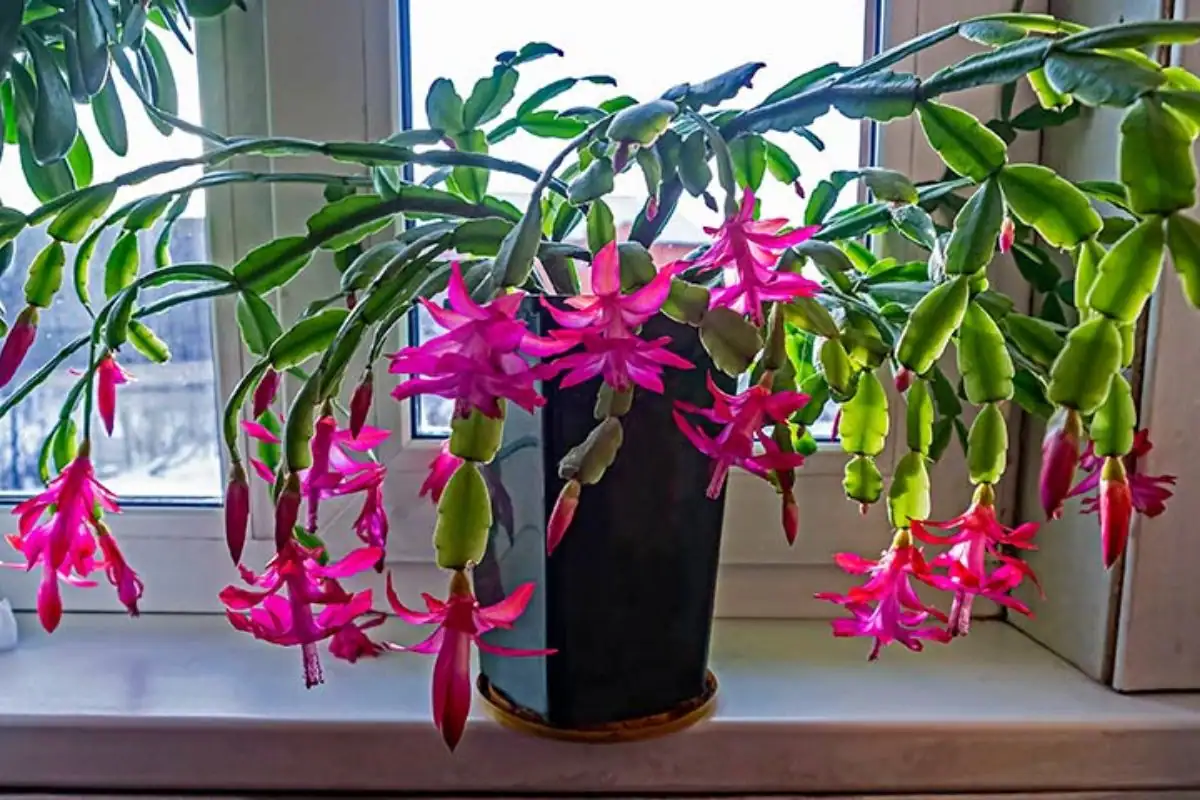
Advertisement
Boston Ferns Are the Only Safe Fern
Ferns are a popular choice for indoor greenery, but did you know that most ferns are toxic? The exception to this rule is the Boston fern, which is safe for both pets and children. If you're searching for a lush plant that your cat can nibble on without worry, the Boston fern is the way to go. Plus, it's fairly low maintenance. Plant it in a mixture of equal parts peat moss, sand, and garden soil for optimal growth.
It's important to choose a pot that's large enough to accommodate the fern comfortably, ensuring the roots aren't too close to the drainage holes. Plant the fern about halfway up the pot, leaving an inch of space at the top. Boston ferns thrive in warm, humid environments—ideally between 65 and 75 degrees Fahrenheit. Keep the soil moist and place the plant out of direct sunlight to maintain its health. With the right care, this fern can become a lush addition to your indoor garden.

Advertisement
Add Blue Echeveria for a Unique Touch
Succulents have become all the rage among plant enthusiasts, and the blue echeveria is a standout in this category. With its bluish hue and rosette shape resembling a flower, it's truly a remarkable plant. The blue echeveria loves plenty of light but doesn't require much watering, making it an easy-care option. For soil, a mix of equal parts sharp sand and all-purpose potting soil works best.
During the summer months, keep the soil lightly moist and water sparingly in the winter. Many gardeners move their blue echeveria outdoors when it's warm and bring it back inside once temperatures dip below 55 degrees Fahrenheit. If you notice your echeveria growing quickly and the pot becoming crowded, simply cut one of the buds and propagate it in a new pot. Before you know it, you'll have a collection of these stunning, non-toxic succulents brightening up your home.
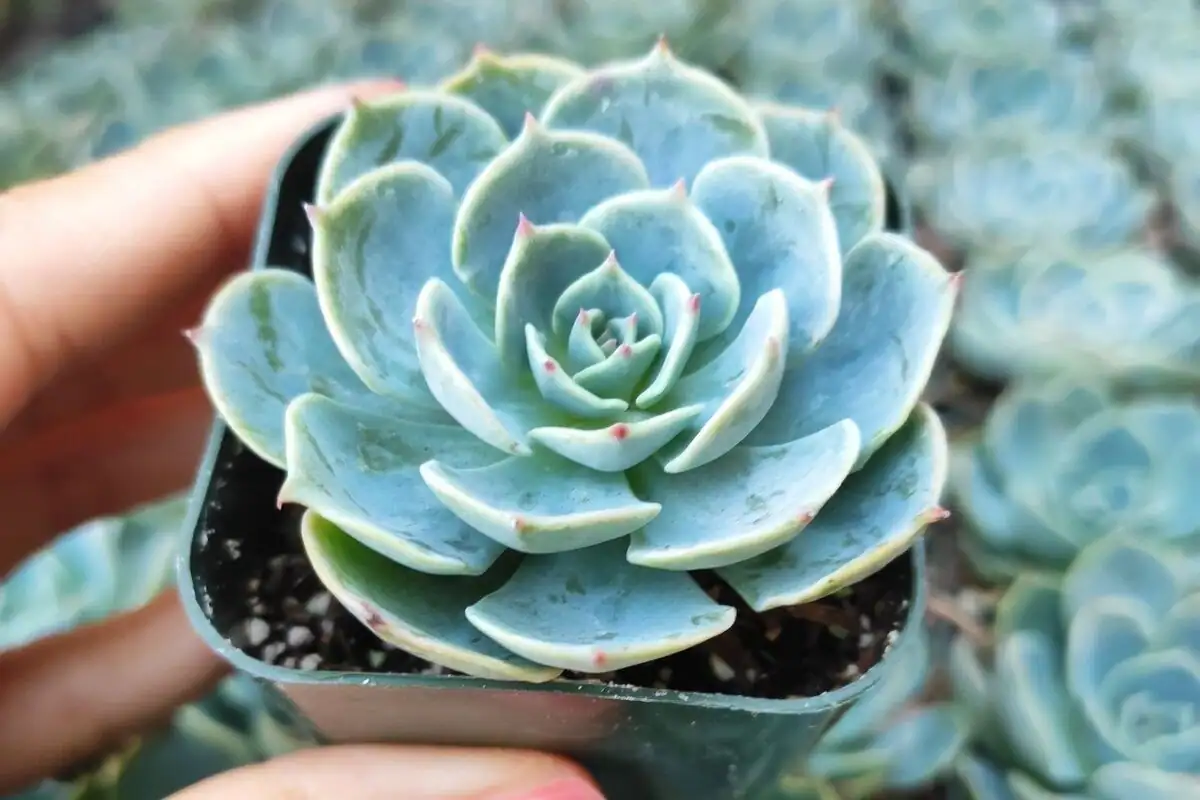
Advertisement
Splash Some Color into the Room with African Violets
African violets are not only gorgeous but also thrive indoors, making them a delightful addition to your home. However, they can be a bit particular about their care. They prefer soil specifically made for African violets, which you can purchase or make yourself by mixing equal parts peat moss, vermiculite, and perlite. When it comes to watering, avoid getting water on the foliage to prevent damage and spots on the flowers.
These violets also like lukewarm water that's been sitting for at least 48 hours. Water the plant when the soil feels less moist to the touch. They need bright to medium-intensity light, and it's a good idea to rotate the pot regularly to keep the flowers from leaning towards the sun. With their vibrant blooms, African violets can add a cheerful touch to any room, all while being safe for your pets and kids.
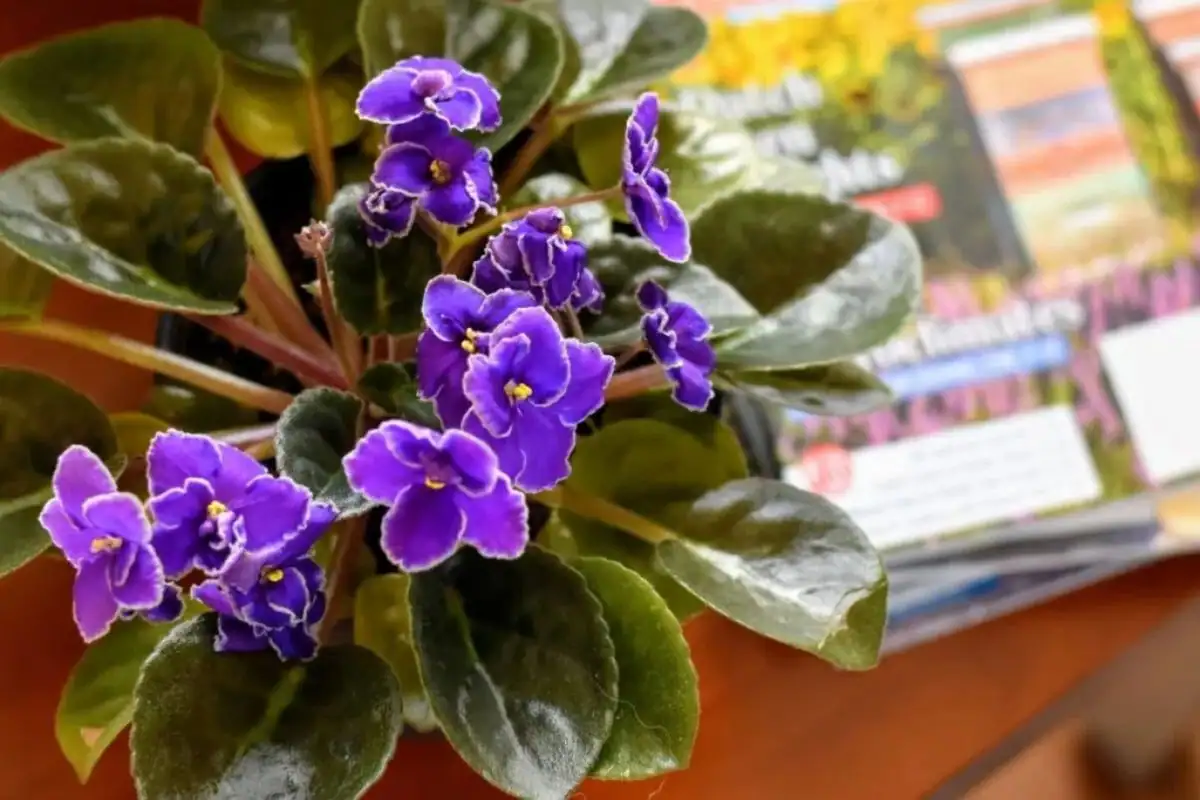
Advertisement
Baby Rubber Plants Add Yellow and Greens to the Room
If you're looking to introduce some lush greenery with a hint of yellow, consider the baby rubber plant, also known as Peperomia obtusifolia. Native to Florida and the Caribbean, this plant thrives in sunny, humid environments but doesn't like intense, direct sunlight. It prefers medium to bright indirect light, making it suitable for various spots in your home.
A peat-based soil is ideal for baby rubber plants. You can create a mix using two parts peat and one part perlite or sand. Allow the soil to dry out almost completely before watering, which typically means once or twice a week depending on the season. As the plant grows, you'll need to repot it fairly often due to its small root system. If you'd like to propagate it, simply cut a few centimeters of the stem and plant it. Soon enough, you'll have more of these attractive, non-toxic plants to decorate your space.

Advertisement
This Plant with a Funny Name Will Brighten Up Any Room
Known by various names like Baby's tears or Paddy's wig, this charming plant is a wonderful non-toxic addition to your home. Regardless of what you call it, Baby's Tears is easy to care for and adds a touch of whimsy to your plant collection. To plant it, use a rich, moist loam or commercial potting soil mixed with peat moss.
Baby's tears need a pot with good drainage and do best in bright, filtered sunlight. They require plenty of water and will wilt quickly if they become too dry, so keep the soil consistently moist. This plant enjoys humidity and prefers temperatures between 50 and 70 degrees Fahrenheit. With its small, lush leaves, Baby's tears can bring a lively, green carpet-like effect to your indoor garden.
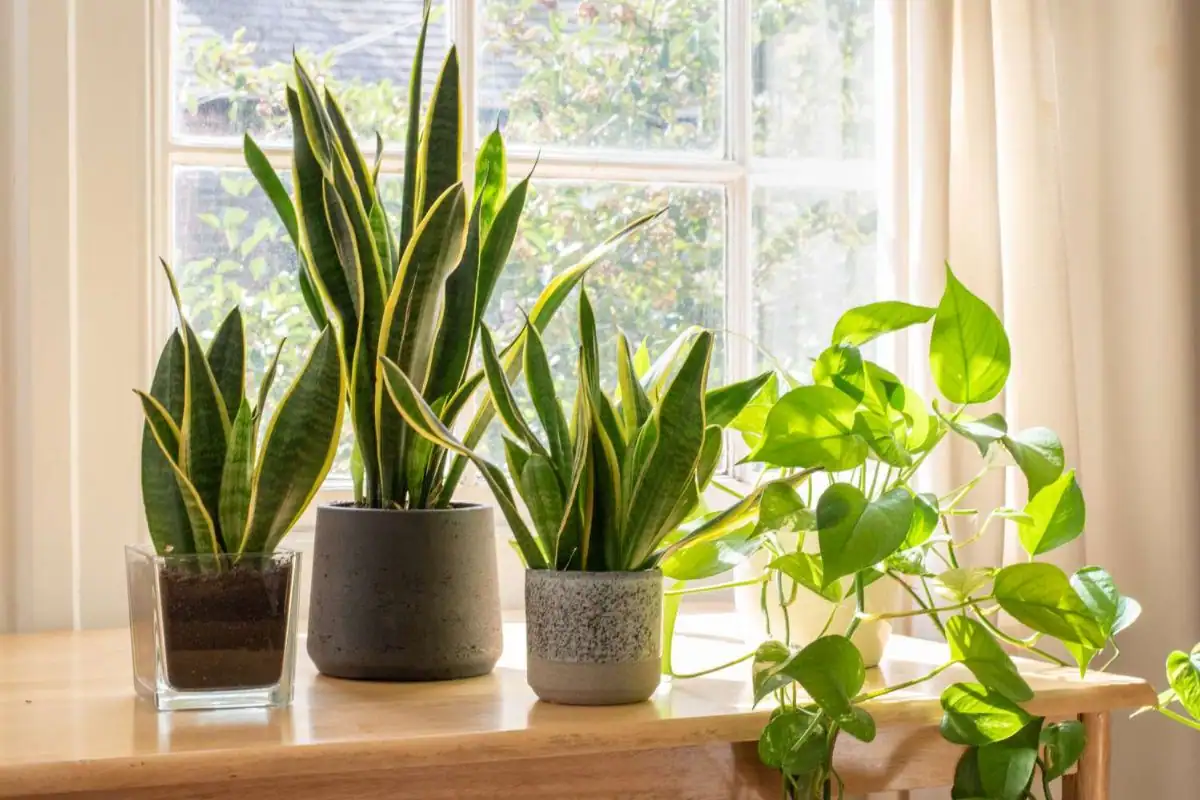
Advertisement
Bring in a Breath of Fresh Air with Swedish Ivy
Despite its name, Swedish ivy doesn't reveal much about its origins. In fact, it hails from southern Africa and thrives in humid conditions with high moisture and indirect sunlight. Similar to other ivy varieties, Swedish ivy is low maintenance but does require regular pruning to keep it healthy. The good news is that you can use these trimmings to propagate new plants by placing the stem cuttings in water or moist peat moss-based potting soil.
Water your Swedish ivy regularly from spring through fall when it's actively growing, and reduce watering during the winter months. This plant also loves being misted with room-temperature water to maintain humidity. With its cascading foliage, Swedish ivy can add a refreshing touch to any room, making it a delightful, non-toxic choice for your home.

Advertisement
Add Serenity to the Room with a Prayer Plant
The prayer plant gets its name from the way its leaves fold up at night, resembling hands folded in prayer. This unique characteristic makes it a captivating addition to your plant collection. The prayer plant prefers warmer, humid climates and does best when you keep the soil slightly drier during the winter months. In warmer weather, water it regularly and mist it with warm water to keep it happy.
If you'd like to propagate your prayer plant, cut the stems just below the nodes near the bottom of the stem. Place the cuttings into a mixture of peat and perlite, and cover them with a plastic bag to maintain humidity. Place them in a sunny spot to encourage growth. With its vibrant, patterned leaves, the prayer plant can bring a sense of tranquility and beauty to your living space.

Advertisement
Wax Plants Can Add a Fresh Scent to the Room
Also known as the Hindu rope or porcelain flower, the wax plant originates from eastern Asia and Australia. This plant not only looks stunning with its thick, waxy leaves but also emits a sweet fragrance when it blooms. It prefers bright light and thrives in regular potting soil mixes or even a cactus soil mix. If your home is comfortable for you, it's likely comfortable for the wax plant too, as it doesn't require any special temperature conditions.
Keep the soil moist, watering once a week during the summer and every other week in the winter. It's best to repot or transplant your wax plant in the spring or summer but keep in mind that it usually doesn't need repotting for a couple of years. Similar to orchids, wax plants grow well in tight spaces. With its lovely scent and appealing appearance, this non-toxic plant can enhance the ambiance of any room.
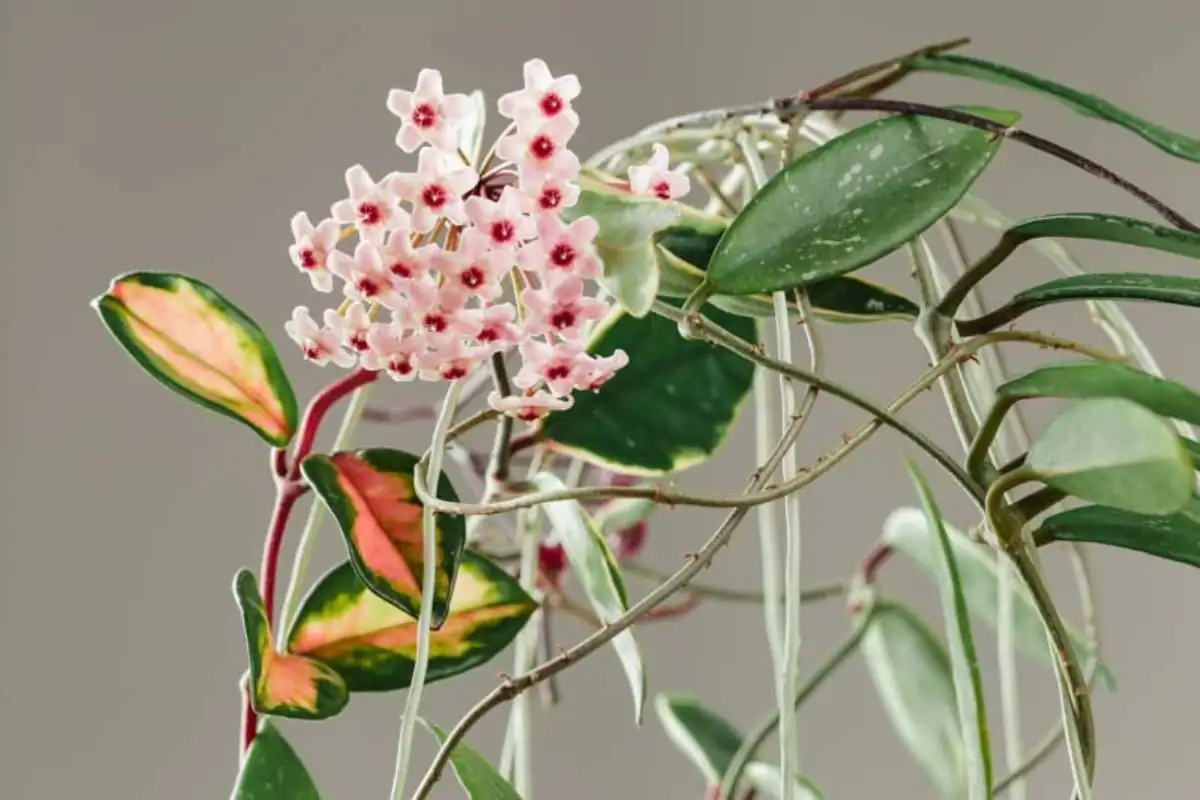
Advertisement
This Plant Will Take the Spotlight
If you're looking for a plant that can make a statement, the parlor palm is an excellent choice. Capable of reaching up to six feet in height, it can easily become the focal point of a room. The parlor palm thrives in low-light and shaded areas, making it perfect for adding a touch of greenery to a dim corner. However, intense light can cause it to shrivel, so keep it away from bright, direct sunlight.
When it comes to watering, maintain evenly moist but well-drained soil. Parlor palms are among the slowest-growing house plants, so while they can get quite large, it may take several years. Because of their slow growth, you won't need to repot or propagate them often. During the winter, it's important to trim any dead leaves to keep the plant looking its best. With its graceful fronds, the parlor palm can bring a touch of elegance and nature into your home without posing any risk to your pets or children.
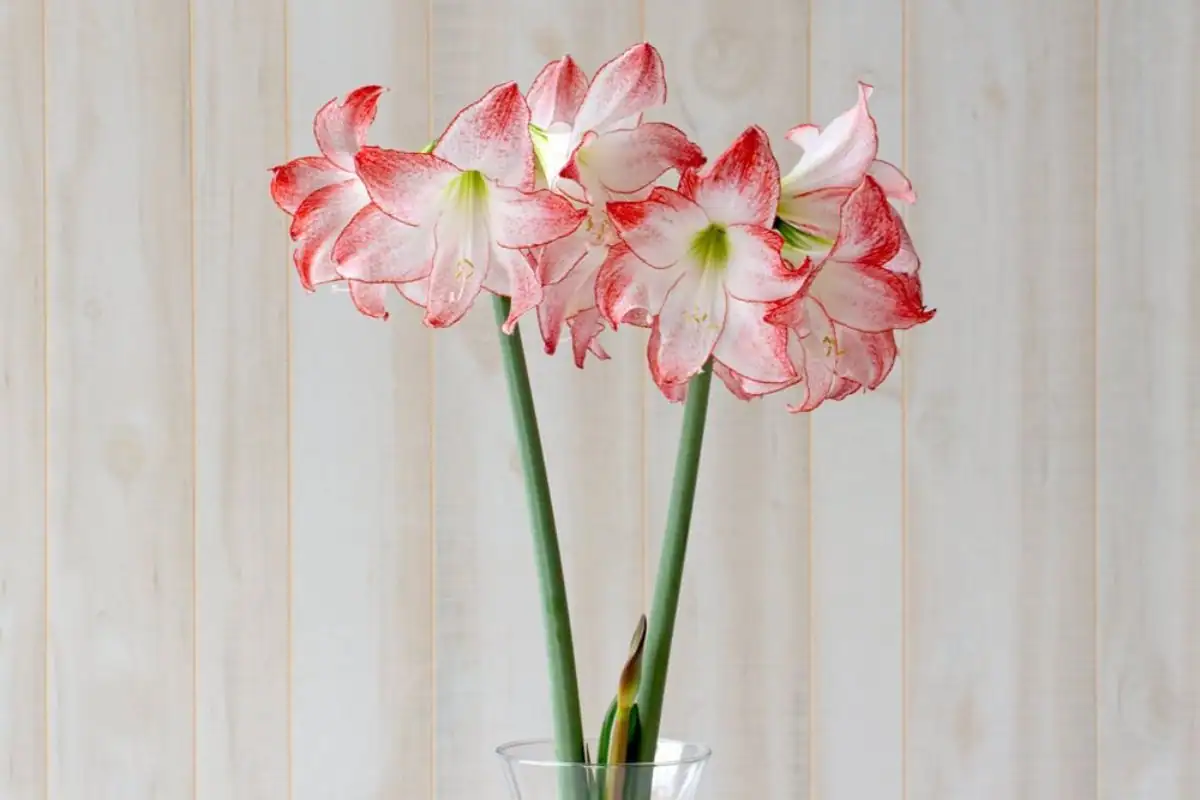
.png)




